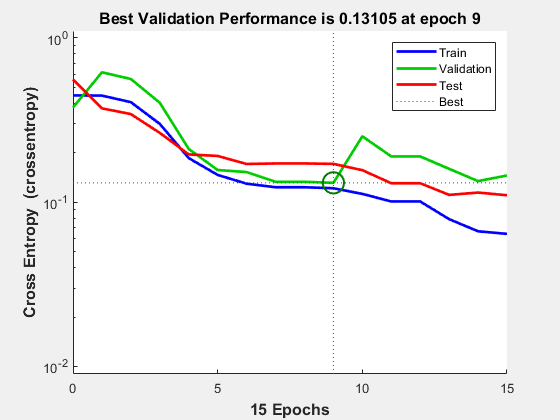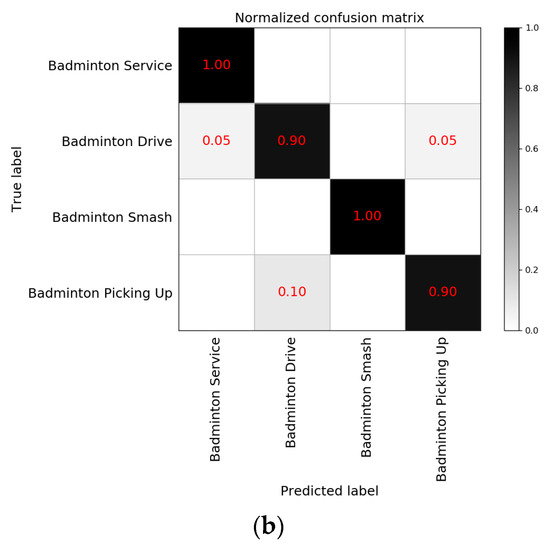



(1994) "Diagnostic tests 2: predictive values," Specificity", British Medical Journal, vol 308, 1552.Īltman, D.G., Bland, J.M. (1994) "Diagnostic tests 1: sensitivity and (2008), "Building predictive models in R using theĬaret package, " Journal of Statistical Software,Īltman, D.G., Bland, J.M. Want, you can simply supply the table to this function. This function is called by confusion_matrix, but if this is all you Sensitivity: True Positive Rate, Recall, Hit Rate, Powerįalse Negative Rate: Miss Rate, Type II error rate, βįalse Positive Rate: Fallout, Type I error rate, α See the references for discussions of the first five formulas.Ībbreviations: Positive Predictive Value: PPVĭifferent names are used for the same statistics. $$D' = qnorm(Sensitivity) - qnorm(1 - Specificity)$$ $$False Negative Rate = 1 - Sensitivity$$ $$False Positive Rate = 1 - Specificity$$ $$False Omission Rate = 1 - Negative Predictive Value$$ $$False Discovery Rate = 1 - Positive Predictive Value$$ $$F1 = harmonic mean of precision and recall = (1+beta^2)*precision*recall/((beta^2 * precision)+recall)$$ $$Balanced Accuracy = (sensitivity+specificity)/2$$

$$Negative Predictive Value = (specificity * (1-prevalence))/(((1-sensitivity)*prevalence) + ((specificity)*(1-prevalence)))$$ $$Detection Rate = A/(A+B+C+D)$$ $$Positive Predictive Value = (sensitivity * prevalence)/((sensitivity*prevalence) + ((1-specificity)*(1-prevalence)))$$ This is called by confusion_matrix, but if this is all you Used within confusion_matrix to calculate various confusion matrix > 2 classes, these statistics are provided for each class. ) Arguments tabbleĪ tibble with (at present) columns for sensitivity, specificity, PPV, NPV, F1 score, detection rate, detection prevalence, balanced accuracy, FDR, FOR, FPR, FNR. calc_stats( tabble, prevalence = NULL, positive. Given a frequency table of predictions versus target values,Ĭalculate numerous statistics of interest.


 0 kommentar(er)
0 kommentar(er)
